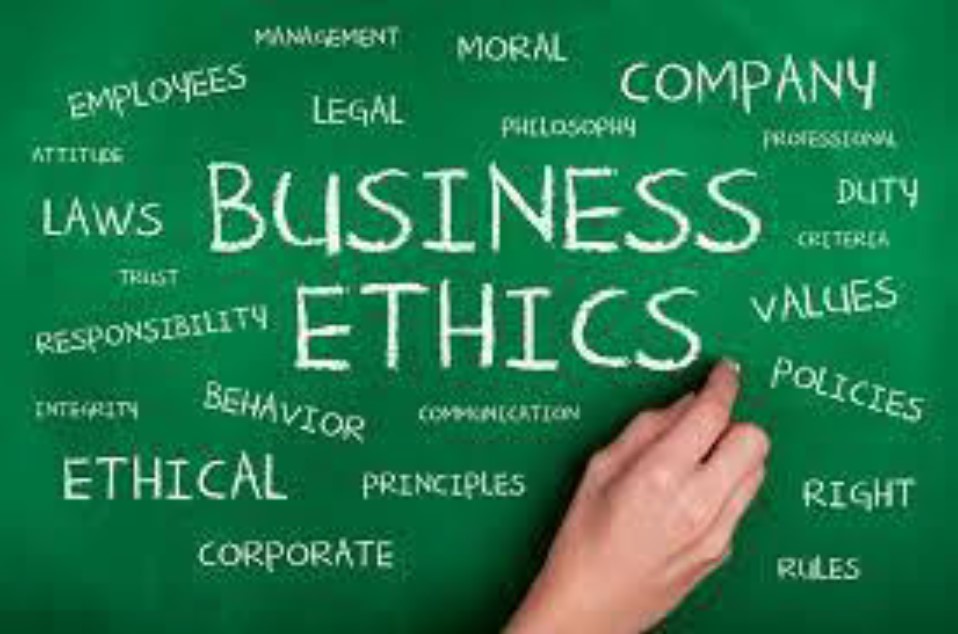Business Culture
Anyone who has spent time in the corporate world will know that a good corporate culture is worth its weight in gold. Countless reports have shown that companies with a defined and functional corporate culture outperform and have an empowered workforce.
The last point is important because low turnover is good for companies. It keeps the knowledge base from eroding, and employees are more focused on the tasks at hand rather than on which jobs to apply for next.
Conversely, companies with a non-existent corporate culture underperform and lose the support of stakeholders due to the negative press generated by government investigations and the reputational damage that ultimately follows.
Consider recent examples: Uber, Amazon, Qantas, and most recently, Boeing.
In today’s world, stakeholders expect companies to behave ethically and responsibly and contribute positively to society.
Ethical Culture Reduces Risk
In its latest report, The 2024 Benchmark of Ethical Culture Report, LRN focused on the critical issue of corporate culture.
Companies with the strongest ethical cultures outperform companies with moderate to weak ethical cultures by about 50% across business performance indicators such as market share, customer satisfaction, employee loyalty, innovation, adaptability, and growth.
In terms of countries India, China, and Brazil led the way.
IT, Finance and Insurance, Construction, and Engineering (in that order) were best.
Healthcare, medical, and biotech (industries close to my heart) dropped by about 5% from the previous survey in 2021.
Their statistical modelling also indicated that in the areas of customer satisfaction, business performance, competitive positioning, innovation, and adaptability, companies with a strong culture almost doubled the performance of those with a weak culture.
The modelling also concluded that nearly 70% of the variance in business performance is tied to an organization’s ethical culture. This variance is higher than LRN’s previous report in 2021.
In addition to business performance, organizations with strong and moderate ethical cultures have lower rates of observed misconduct than those with weak cultures.
Furthermore, employees at organizations with strong ethical cultures observed misconduct at a lower rate (31% compared to 38%) but were 1.5x more likely to report their observations of misconduct (93% compared to 63%).
Difference in Ethical Perception
The report also highlighted that most organizations have a deficit in perceptions of ethics. Executives and senior leaders were 2.6 times more likely to indicate a ’positive spin’ on their ethical culture, while middle management ‘sat on the fence’ with an average perception. Individual contributors in the general workforce had the lowest perceptions, at least 10% below executive management’s.
LRN also looked at the effects of generation. Gen Z individuals not only have a higher tolerance for unethical conduct (if necessary to get the job done), but nearly a quarter reported having personally engaged in it.
The last point highlights the changing attitudes in the world and the continuing threat to a world built on a higher level of ethical behaviour.
Maybe this has got you thinking about your ethical stance or your company’s ethical positioning. Here are five steps you can take to enhance your degree of ethics. If you are used to working in quality and compliance, you will see that it is like other basic actions you might take. See if you can guess what I am talking about.
Five basic steps to boost your cultural and ethical position:
1. Get a Realistic Understanding of Where Your Culture Is
Usually, culture is measured by surveys, focus groups, cultural assessments, or interviews. To truly understand where your culture is, there also needs to be a review of the ‘dark side’ of culture.
How many examples of misconduct occurred?
How were they identified – were they reported, and if so, by whom and to whom?
Were there conflicts of interest?
Without the second data set, you will likely get a biased view of your cultural position. Considering the results of the LRN report, it is also paramount to survey the entire organization, not just senior management.
2. Fix the problems
Identifying barriers to improvement is only worth the effort if there is a commitment to doing something about them. An organisation can only enhance its ethical position if it provides systems that empower individuals with trust and integrity and assures them that ethical behaviour will be upheld.
Structured, timely investigations that reach a conclusion reinforce the commitment to culture. Seeking the culprits is important, but never at the expense of those reporting. To do that is unethical.
3. Monitor the Effectiveness and Progress of Your Changes
Regular review of your progress helps keep momentum and the purpose front of mind.
It allows you to change course if the results you see are not in line with those you wanted. It also provides opportunities to re-engage with employees and maintain their level of trust and transparency throughout the process.
4. Equality For All
One key element of any cultural reform is to make it equitable across all levels of the organisation.
What applies to employees should also apply to managers, whether they are middle or senior managers.

5. Hold the Board responsible
Compliance is the guardian of culture. They have a unique and trusted role as the guardian or ambassador of ethics and culture. They must repeatedly report on culture (quarterly) to the board, senior management, and other key stakeholders.
The Board or senior management team also has a special role. They are responsible for the ‘call to action’ for a cultural shift through ‘Tone at the top’. This level in the organisation must be seen as the driver and to assure that all functions within the company are engaged and the change is not seen as ‘another one of those compliance things!’
Did You Pick the Pattern?
If you look at steps 1 to 3, isn’t this the same as a process for investigations with the provisos of steps 4 and 5?
Changing culture also has the hallmarks of the well-established quality process: a P(lan), D(o), C(heck), and A(ct) cycle.

